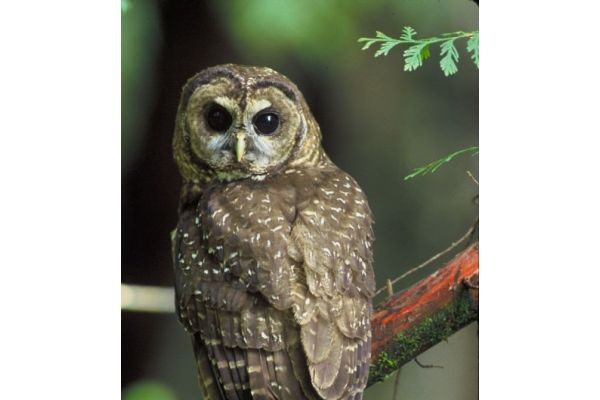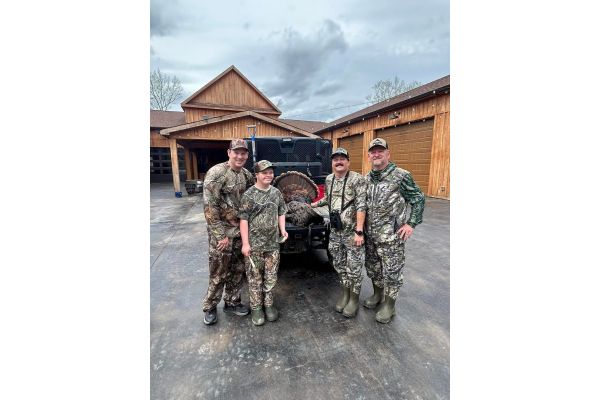As part of the NWTF’s continued efforts to improve forest and community resiliency and wildlife habitat within the Klamath River Wildland-Urban Interface (WUI), a focused project — Seiad Thin — has been selected to move forward with extensive fieldwork in 2025. This work will support wildfire mitigation and habitat protection goals through comprehensive surveys and targeted vegetation treatments.
The Seiad Thin Project dovetails with previous forest restoration work completed by the NWTF and the USDA Forest Service for the Klamath River WUI project, which improved forest conditions and reduced fuel loads near the communities of Happy Camp and Seiad Valley. The Seid Thin project is located within the Klamath River Basin priority landscape, identified by the USDA Forest Service to help mitigate wildfire threats to the surrounding wildland urban interface, areas where wildfires pose a significant threat to nearby communities. At the same time, the project will enhance forest resiliency and benefit habitat for wildlife species, including the wild turkey.
Through a combination of commercial and noncommercial thinning treatments, the project aims to treat 2,792 acres within the 4,651-acre project boundary. By thinning stands, managers will increase forest and community resiliency to fire within the wildland-urban interface by reducing stem density and hazardous fuels.
“These communities can really benefit from active forest management for forest health and protection from future wildfires,” said Coralee Ditman, NWTF forest management coordinator.
During the 2025 field season, the project will also include significant environmental assessments, including:
- 2,000 acres of Northern Spotted Owl surveys
- 2,000 acres of Northern Goshawk surveys
- 820 acres of botany surveys
- 630 acres of archaeology surveys
These surveys are essential to ensure compliance with environmental regulations and to guide stewardship decisions that support both ecological integrity and public safety.
“Getting these environmental surveys completed not only helps the Seiad Thin project get on the ground, but also helps clear the National Environmental Policy Act?(NEPA) requirements for future and follow up projects down the road,” Ditman said.
The Seiad Thin Project is part of a larger collaborative effort to address the growing catastrophic wildfire risk in the West. By conducting proactive forest management within WUI zones, agencies and partners aim to protect communities, restore wildlife habitat and support resilient landscapes.
Learn more about the NWTF’s efforts in wildfire risk reduction, community protection and the relationship between wild turkeys and catastrophic wildfire prevention.
Read the full article here




